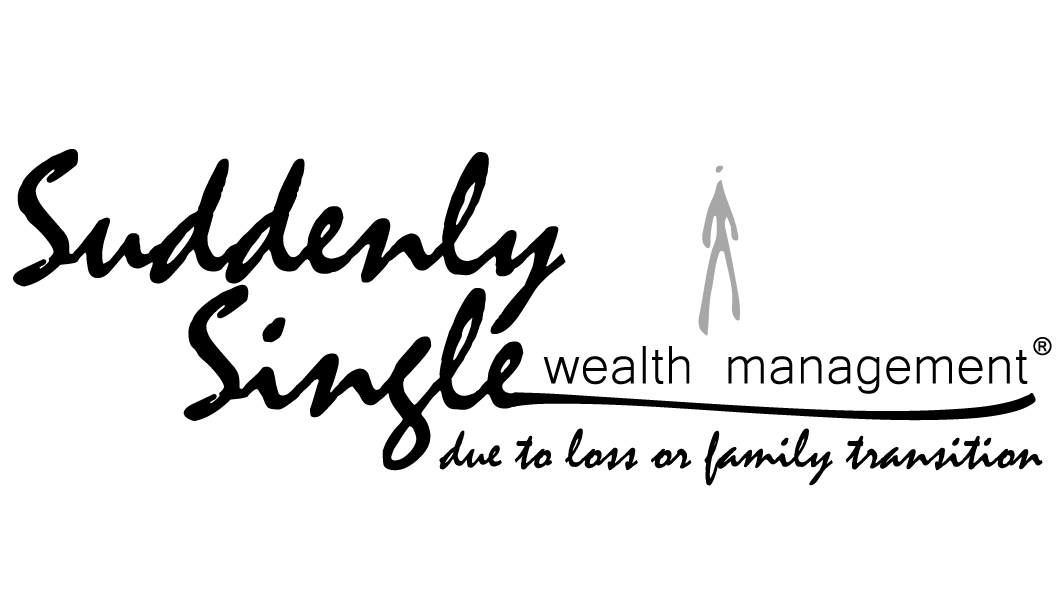Significant recent market events include a strengthening US dollar, inverted sections of the yield curve, and swift commodity price declines. These things, taken together, may signal that a recession lies ahead but, just as importantly, they may also indicate that inflation has peaked.
Should the globalized economy slip into recession, the severity and duration of such an event won't likely look the same across all regions. Instead, some parts of the world may experience more hardship than others. For example, Europe appears more vulnerable to an economic slowdown than the US because of its dependency on energy and natural gas imports from Russia. But, of course, Russia's decision to invade Ukraine and western sanctions have put Europe in a tough spot, given its underinvestment in energy independence.
Europe's troubles have suddenly shown up in currency markets. The market rate of exchanging euros for US dollars is now approximately one-for-one. This exchange rate is a new low for the euro not seen since the last time there were currency troubles in the markets. The last time investors saw the euro and US dollar trade at parity came off the heels of the Asian Financial Crisis and during the dot com meltdown.
The weakening of the euro likely signals growth-related challenges but, more importantly, significant differences between interest rates. Due to the recent and aggressive interest rate increases by the Federal Reserve, US interest rates have shot ahead of virtually every other sovereign yield. Moreover, in the case of the euro, savvy investors hedging the currency exposure can borrow in euros and issue loans in US dollars to create a risk-free arbitrage of profits. This type of carry trade should cause further weakness for the euro until the advantage is gone, all else equal.
The US interest rate advantage has caused the US dollar to soar compared to almost every other primary currency for trade. Unfortunately, the strong US dollar will likely hurt domestic exporters, creating a drag on gross domestic product. However, the US dollar's strength may start to tame inflation inside the national borders. The logic stems from Americans sending US dollars overseas as they buy relatively-cheaper foreign goods. As US dollars leave the US's international borders, there will likely be less US currency chasing domestically manufactured goods and services.
Of course, the vast trade deficit the US runs isn't sustainable forever. Eventually, reflexive forces must take over to prevent the US from consuming all of the world's resources. Such countermeasures may send US interest rates back down as inflation cools, or interest rates in the rest of the world must rise once those economies heat up from specializing in exports. The chances that the Federal Reserve pauses on future interest rate increases are probably greater before countries such as Europe and Japan enliven with new activity.
A potential and upcoming shift in Federal Reserve policy may explain why the yield curve has begun to invert. The yield curve is inverted when short-term interest rates surpass long-term interest rates, an abnormal phenomenon that sometimes pre-dates a recession, although that's not always the case. The reason interest rates often invert before a recession is an anticipation that the Federal Reserve will cut interest rates again in the future when economic activity slackens. As a hypothetical example, as time progresses, what was once a two-year rate becomes a one-year rate and a step closer to a rate decrease by the Federal Reserve.
Thankfully, commodity prices for energy, metals, and agriculture have declined significantly over the past few weeks. These changes will likely help slow inflation in the coming months, especially concerning energy and food. But unfortunately, some parts of the world will continue to experience shortages, such as Europe's natural gas situation, resulting in a cold winter for the region, both literally and economically.
Even if the US economy moves into a recession, don’t be too surprised if equities and other riskier assets begin to rally. Stock prices serve as a leading economic indicator, indicating what may be coming next in the economy, and they'll often improve when times seem dark on prospects of better news ahead.

